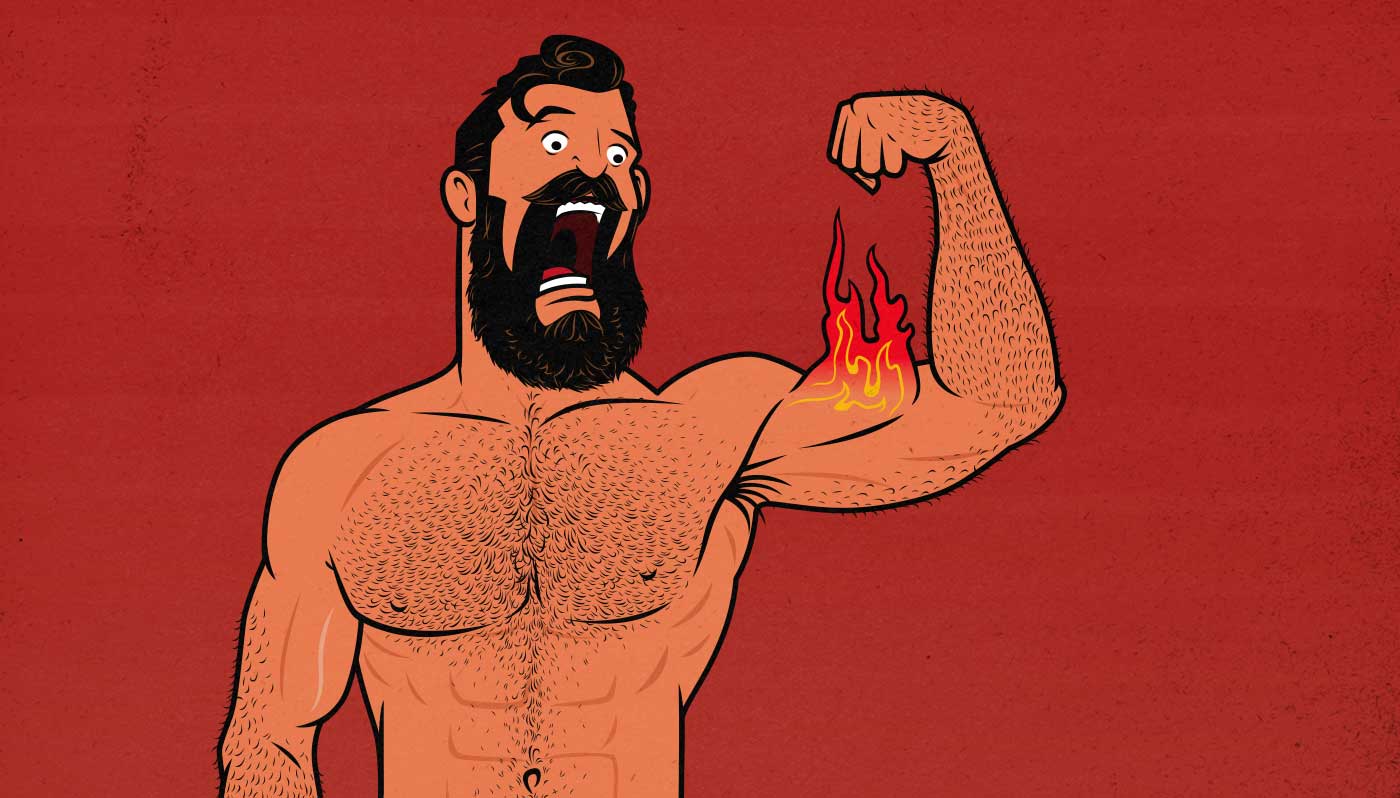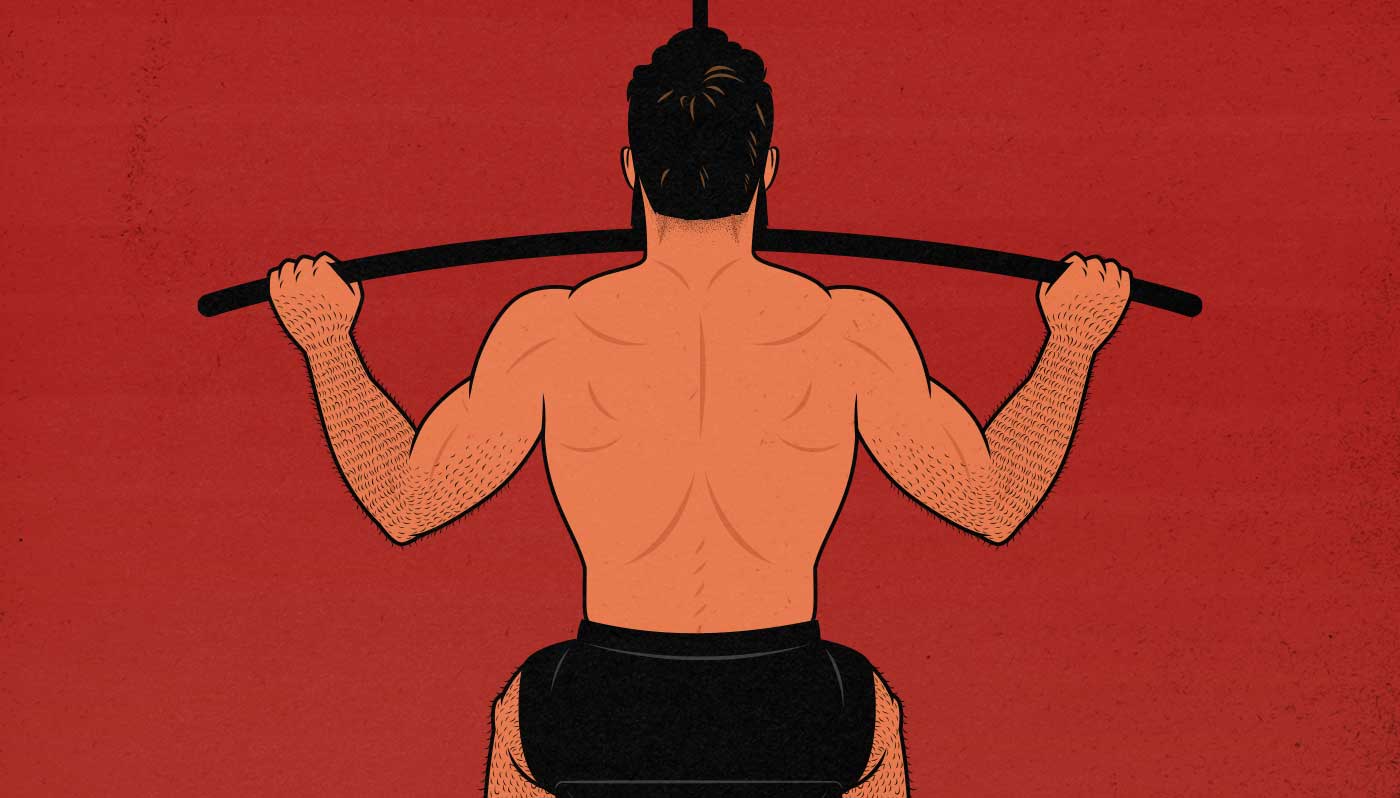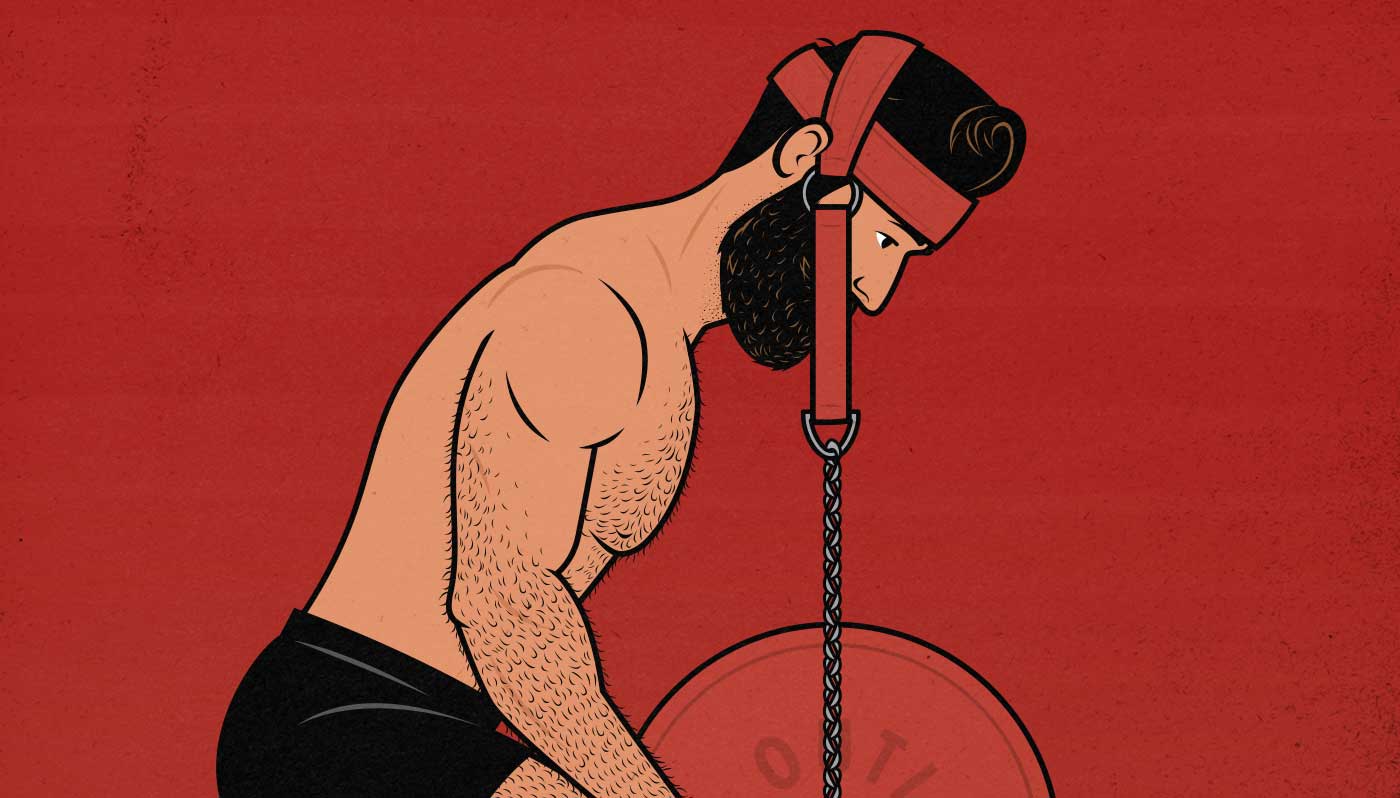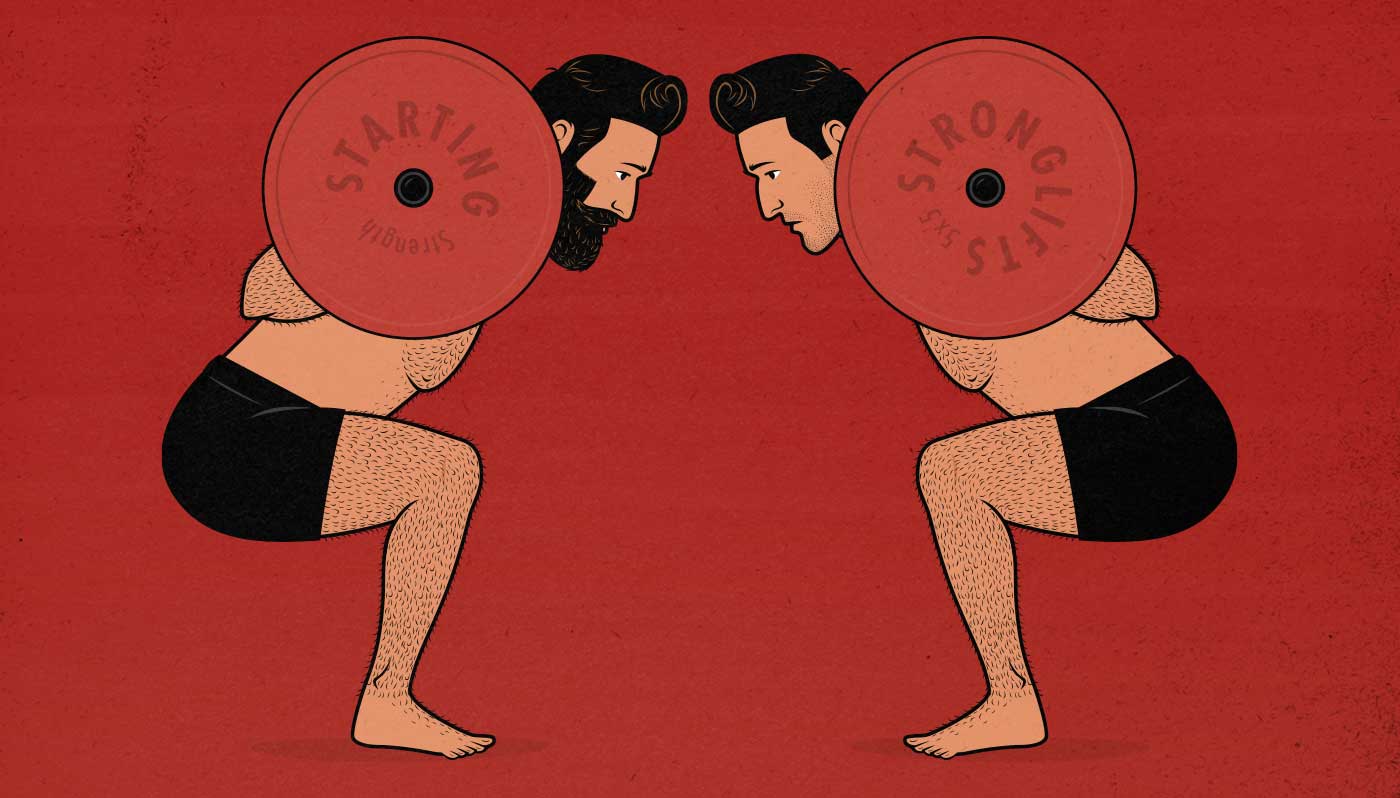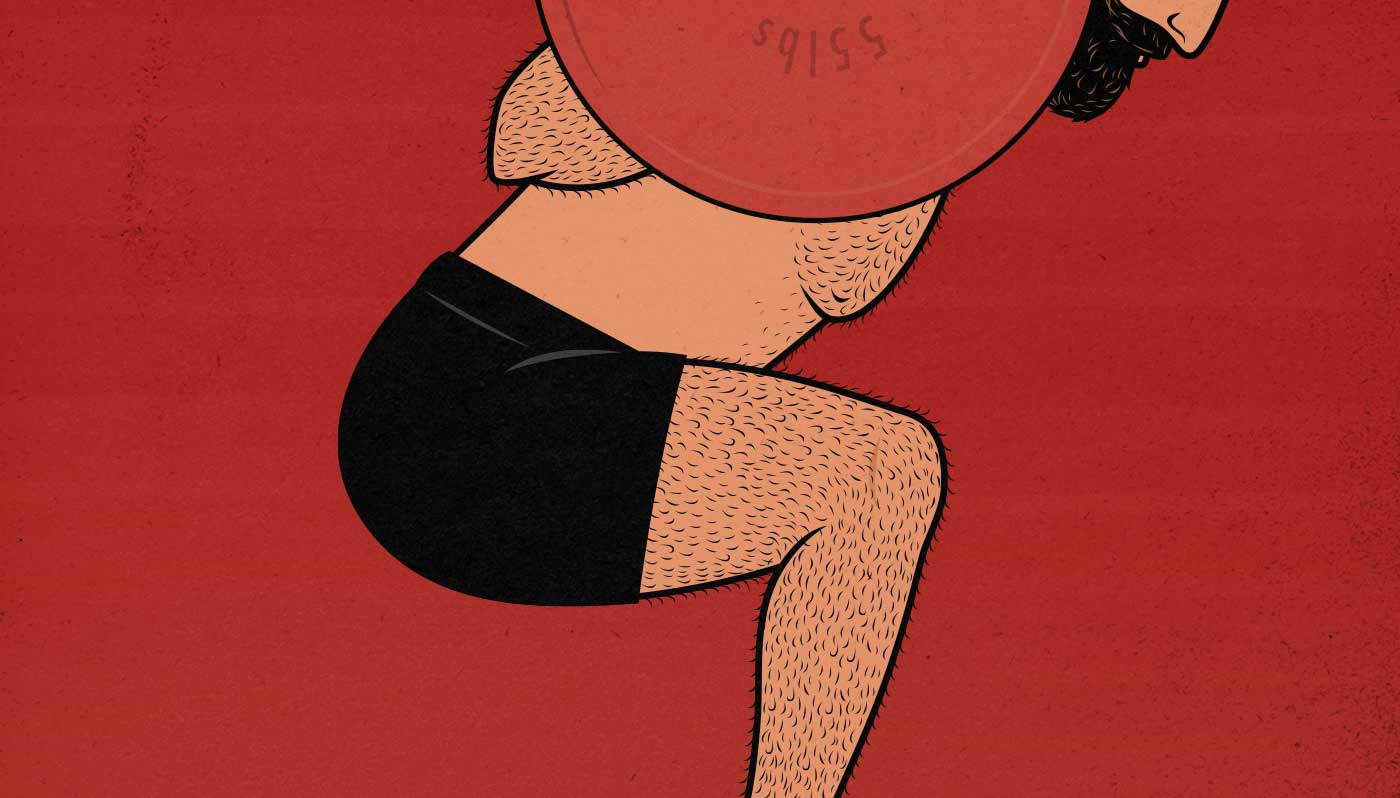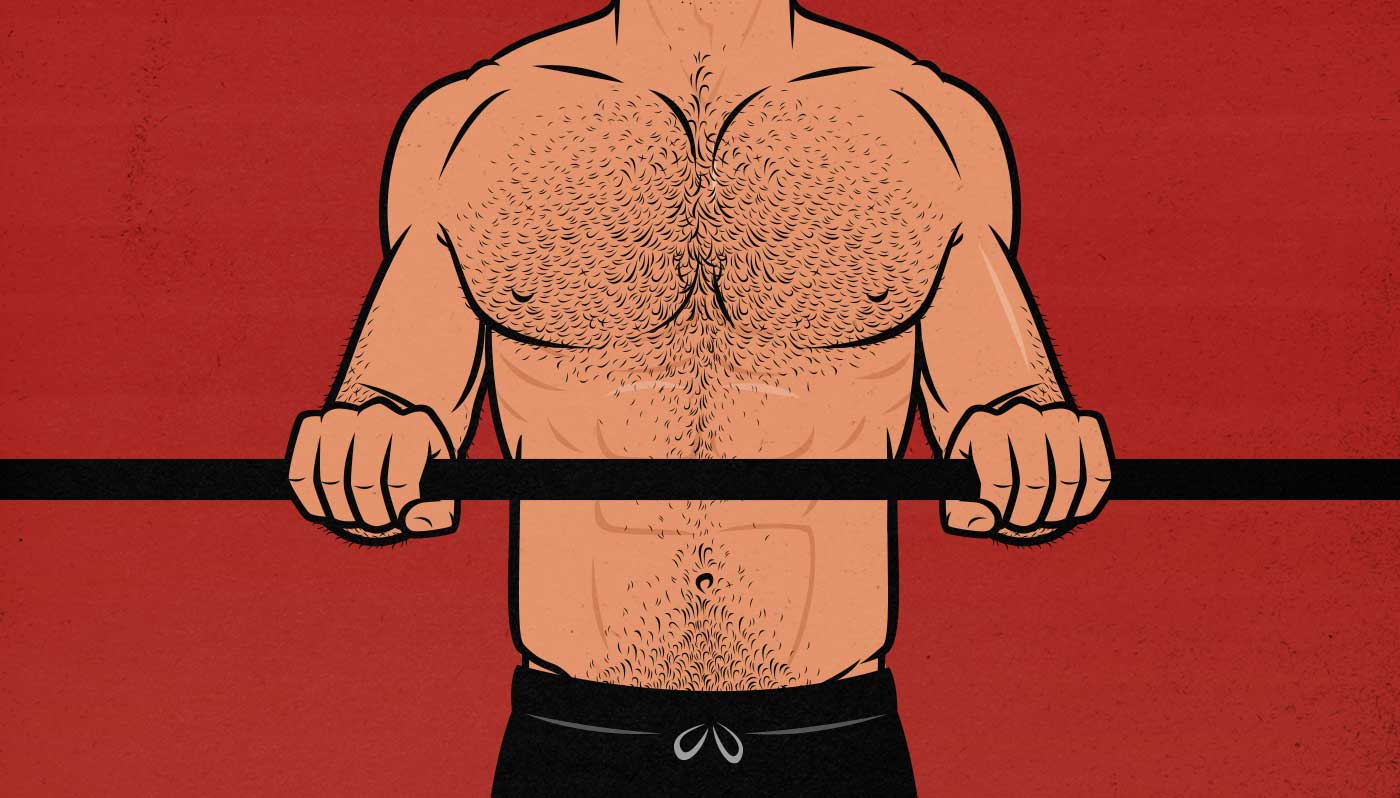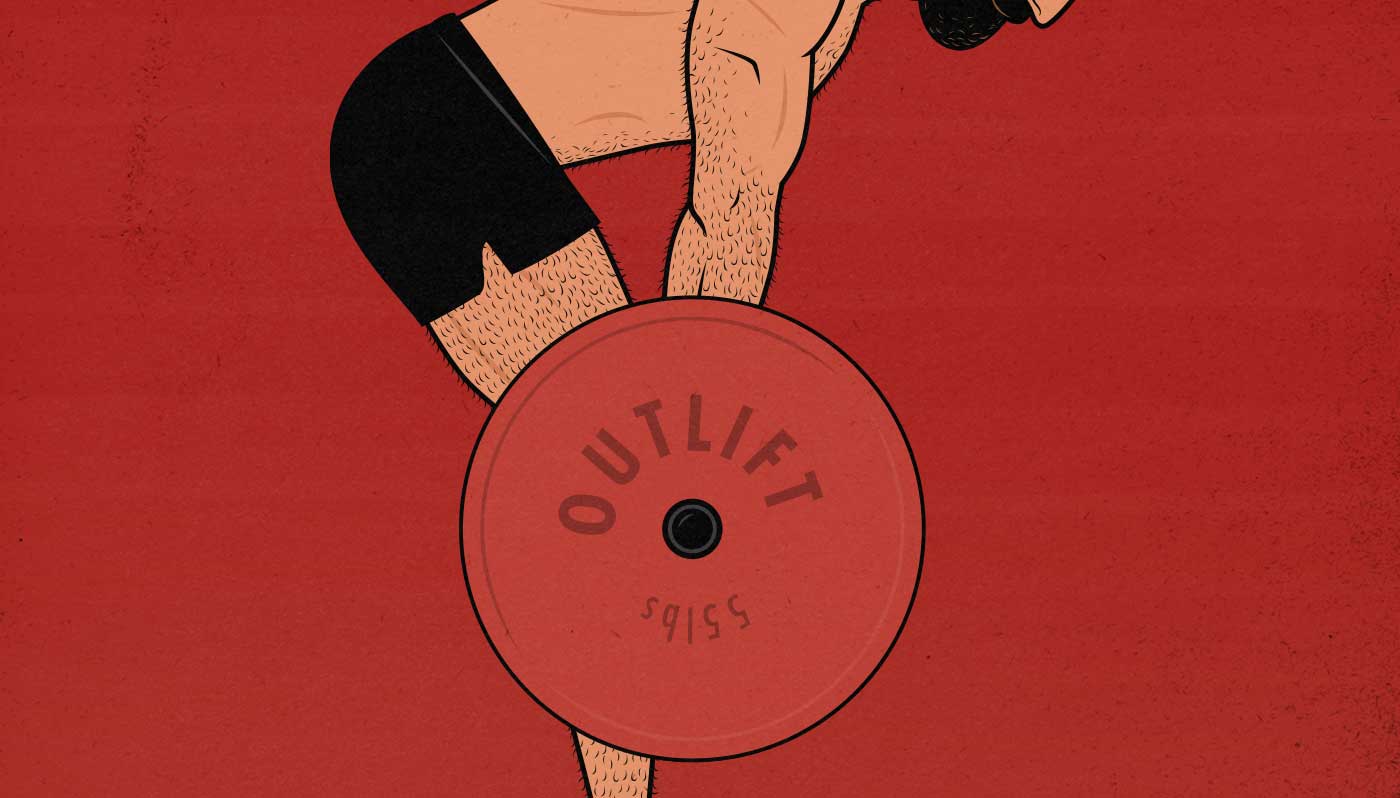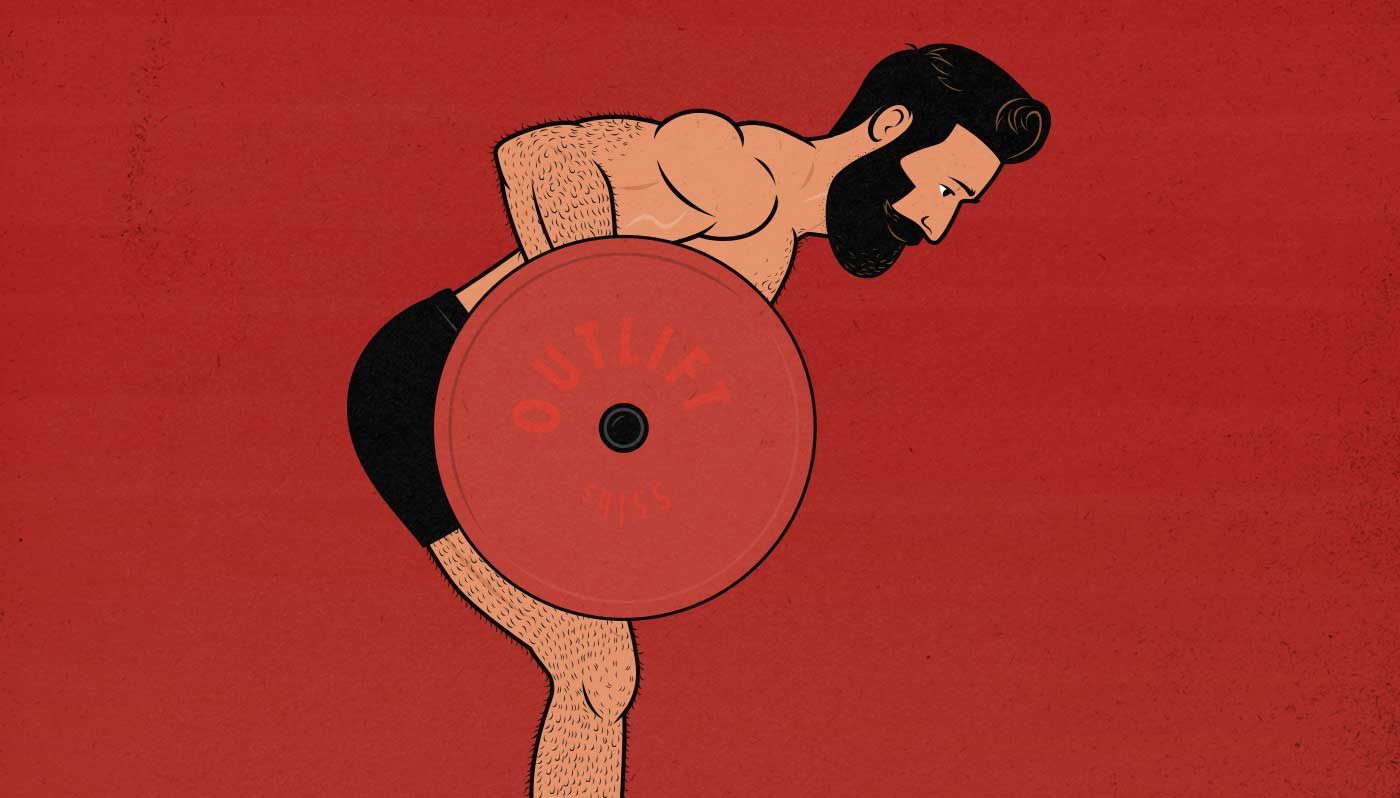Articles
How Often Should You Work Out Per Week to Build Muscle?
If you want to build muscle quickly, you need to work out often enough to keep your muscles growing all week long. There are two key questions we need to answer:
- How often should you train your muscles?
- How many days per week should you work out?
If you do a full-body workout 3 times per week, you train each muscle 3 times per week. However, if you use a 6-day workout split, dividing your body up into 6 different areas, you may only be training each muscle once per week. That means it’s possible to work out more often while training your muscles less often, or vice versa.
First, we need to determine how often you should train each muscle. Then we can talk about the best way to schedule your workout routine so that you’re working each muscle hard enough, often enough.
Delve into the detailsLat Pulldown Alternatives: How to Train Your Lats With Free Weights
One of the most common questions we get is how to do lat pulldowns without a lat pulldown machine. People are training at home with either a barbell or dumbbells, and they aren’t sure how to replace the lat pulldown exercise with free weights. And, the truth is, there’s no perfect replacement for it. We need to replace it with a similar exercise, not an identical one.
The movement that best mimics the overhand lat pulldown is the pull-up, and that’s great for people who have a pull-up bar and are strong enough to do them, but even then, it can still create problems.
Lat pulldowns are often programmed in moderate rep ranges of 8–15 reps, but it takes quite a lot of upper-body strength to bust out that many pull-ups, especially if you’re already fatigued from other exercises. That’s a problem because lat pulldowns are often programmed after heavy sets of chin-ups and pull-ups.
So, what’s the best free-weight alternative to the lat pulldown?
Delve into the detailsThe Best Supplements for Burning Fat & Building Muscle
There are a few supplements that are good for both building muscle and losing fat, making them perfect for body recomposition. They all fall into one of three categories:
- Protein Supplements. Eating enough protein helps us gain or maintain muscle mass while burning fat. A good example is whey protein.
- Muscle-Building Supplements. Supplements that increase our rate of muscle growth, improve our hormones, or help us manage our stress can shuttle nutrients toward muscle growth instead of fat storage, making us stronger and leaner. The best example is creatine.
- Ergogenic supplements. If a supplement gives us the energy to move more, be more consistent with our workouts, or push ourselves harder while working out, then it can help us burn more calories and stimulate more muscle growth. The best example is caffeine.
Let’s go into each of those three categories in more detail.
Delve into the detailsGreySkull LP: Is It Good for Gaining Muscle Mass?
GreySkull LP (GSLP) is a powerbuilding program designed to help beginners get bigger and stronger. It’s one of the more popular programs in the strength training community, and it’s often recommended to people who are interested in building muscle.
What’s interesting about GreySkull LP is that it’s a modern evolution of programs like Starting Strength, StrongLifts 5×5, and 5/3/1. It has that same foundation of heavy strength training, but it goes beyond that, adding in a couple simple changes that make it more robust.
So, is GreySkull LP any good at helping beginners gain muscle mass?
Delve into the detailsHow to Grow Stubborn Muscles
How do you know if a muscle is stubborn? Much of the time, when someone thinks they have a stubborn muscle, it isn’t actually stubborn, they just aren’t training it properly. Sometimes growing stubborn muscles is as simple as following a better workout routine or choosing better lifts.
But our muscle-building genetics can vary from muscle to muscle, and most people have some muscles that are truly stubborn. So just because you’re building muscle overall, that doesn’t necessarily mean that all of your muscles will grow at the same speed. It doesn’t even mean that all of your muscles will grow at all. You may leave some in the dust. Why is that?
And how can we grow those lagging muscles? Fortunately, there are five fairly simple methods that tend to work quite well at bringing up lagging muscle groups.
Delve into the detailsStarting Strength vs StrongLifts 5×5: What’s the Difference?
What’s the difference between Starting Strength and StrongLifts 5×5? Which workout program is better for beginners, which is better for building muscle, and which is better overall?
There are a few key differences between Starting Strength and StrongLifts. The first is the volume. Starting Strength uses 3 sets of 5 repetitions (3×5) as its main set and rep scheme, whereas StrongLifts uses 5 sets of 5 repetitions (5×5), giving it a much higher training volume. In theory, that should make it better for building muscle, but does it?
Another difference is that Starting Strength uses power cleans to develop power, whereas StrongLifts uses barbell rows to build the back. Again, this seems to favour StrongLifts for building muscle, especially in the upper body, but is that true?
Delve into the detailsReview of StrongLifts 5×5 for Building Muscle
One of the most common questions we get is whether StrongLifts 5×5 is good for building muscle. More often than not, the question is coming from a skinny guy who’s new to lifting weights and is just getting started with barbell training. Is StrongLifts a good workout routine for a beginner who’s trying to get bigger and stronger?
The other people asking us about StrongLifts are often intermediate lifters who are seeing impressive increases in their squat strength, but they’re concerned that their bench press is lagging behind, and they’re worried that their upper bodies aren’t growing at the same pace as their hips and thighs. Why is that?
Finally, StrongLifts claims that doing low-rep sets on certain compound lifts builds bigger, denser, stronger muscles than all other training methods. Is there any truth to that? Is StrongLifts the best way to build muscles that are big and strong and hard?
Now, just to be perfectly upfront: this article is pedantic. If you get stronger at the big barbell lifts, eat enough protein to build muscle, and eat enough calories to gain weight, you will indeed grow bigger and stronger. The main principles that lay the foundation of StrongLifts are good ones. But how good are those 5×5 workouts for building muscle?
Delve into the detailsThe Close-Grip Bench Press Guide
The close-grip bench press is an assistance lift for the bench press done with a narrower grip. This narrower grip shifts the emphasis away from your chest and onto your upper chest, shoulders, and triceps. Powerlifters often use it to help them build a bigger 1-rep max on the bench press, but it can be quite good for gaining muscle size, too.
So, when and why should you do the close-grip bench press?
Delve into the detailsThe Romanian Deadlift (RDL) Guide
The Romanian deadlift, also known as the RDL or stiff-leg deadlift, is a deadlift variation that’s used in hypertrophy training to pack muscle onto the hips and hamstrings.
So, what is it, how do we do it, how does it compare against the conventional deadlift, and why is it so popular among beginners, bodybuilders, athletes, bikini models, and powerlifters?
Delve into the detailsThe Bent-Over Barbell Row Hypertrophy Guide
The barbell row, also known as the bent-over row, is one of the more popular compound lifts, and it’s commonly used in both strength training and bodybuilding programs. But most people don’t realize that powerlifters and bodybuilders do different variations of the barbell row. Even within bodybuilding, there are several different ways of doing them, with some designed to build a thicker back, some designed to build bigger biceps, and some designed to limit lower back stress.
In strength training routines, the barbell row is an assistance lift for the deadlift, used to strengthen the hips and lower back. In bodybuilding routines, the barbell row builds muscle in the upper back, spinal erectors, and forearms. Both styles of barbell row can be useful; both are great lifts. We’ll teach you the pros and cons of each.
The next thing to consider is how the barbell row compares against the dumbbell row and the t-bar row. Does the barbell row have any special advantages or disadvantages?
Finally, we’ll teach you how to do the barbell row properly, in a way that’s great for gaining both muscle size and strength.
Delve into the details
